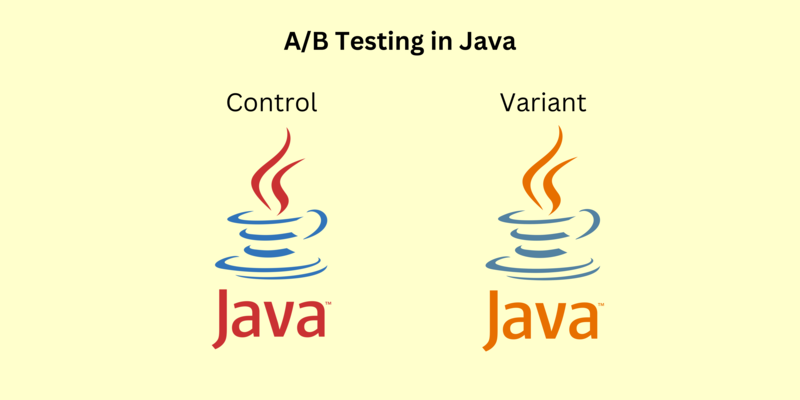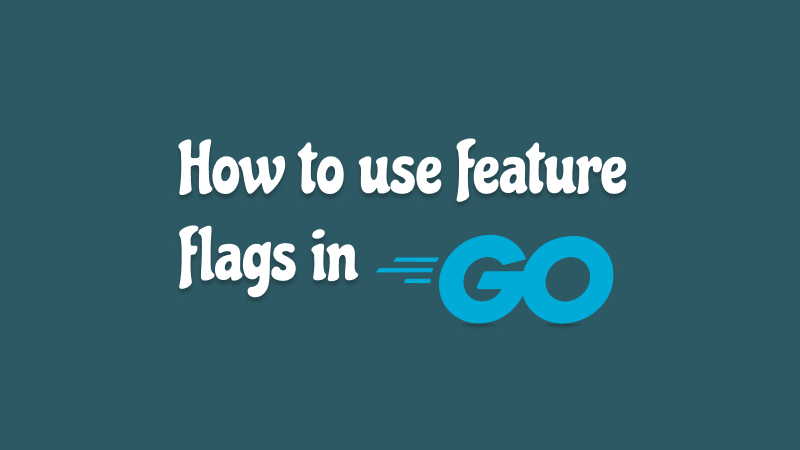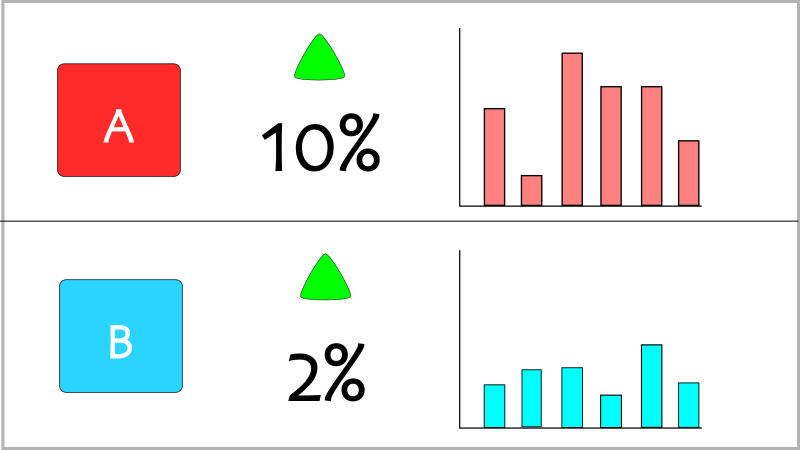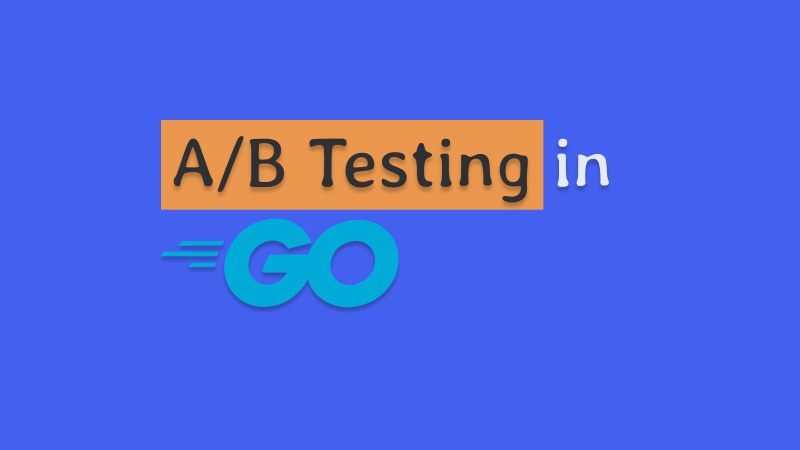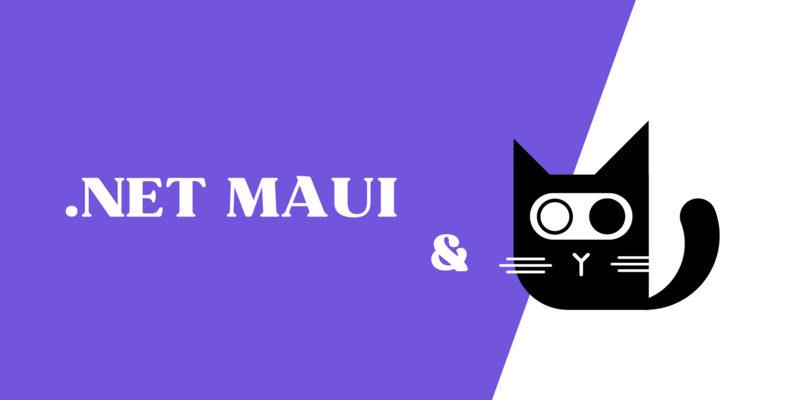How to use ConfigCat's feature flags with Elmah
With a well-implemented feature flagging solution in place, your end users' experience should not be interrupted during feature rollouts. If unforeseen bugs are later discovered in the new feature, you should be able to easily roll it back without redeploying your application. In my opinion, feature flags are most useful in situations like these and are becoming quite popular in the software industry for releasing and controlling existing features throughout many applications. Because of their flexible nature, feature flags can be integrated and used alongside existing technologies to enhance day-to-day operations.



